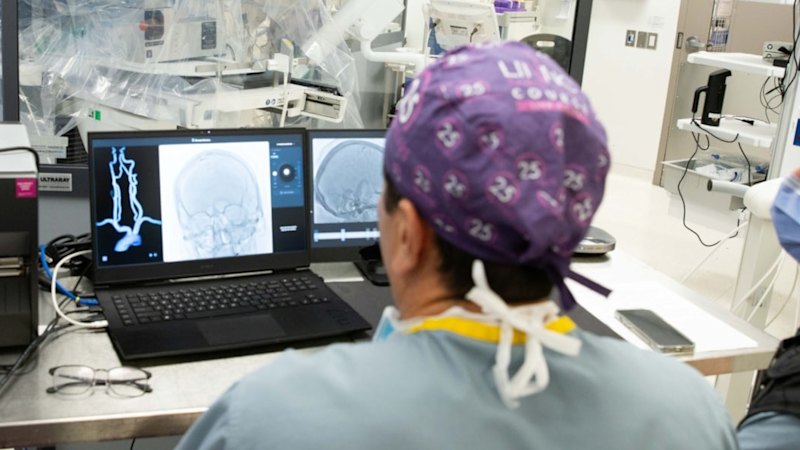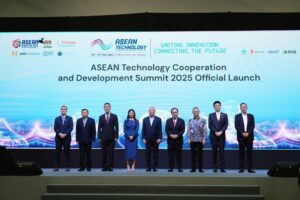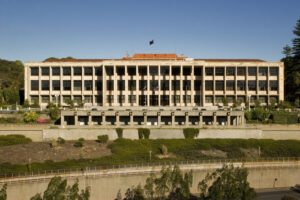
An Australian medtech start-up has made a significant advancement in healthcare by performing the world’s first fully remote robotic surgical procedures. Remedy Robotics, founded by cardiac surgeon David Bell, successfully executed multiple neurointervention procedures in Toronto, enabling surgeons to control robotic catheters from afar. This achievement could potentially enhance healthcare access for millions in rural and remote areas, a challenge that has persisted in the surgical robotics industry for nearly three decades.
The company’s innovative approach involves the use of its N1 System, which integrates custom-built catheters with a surgical robot. The system is driven by proprietary software that allows physicians to conduct cardiovascular interventions from virtually anywhere with a reliable internet connection. Advanced machine learning technology is employed to navigate delicate tools through the human brain, as described by Bell, who noted the complexities involved in performing such intricate tasks remotely.
Bell expressed the transformative potential of this technology, stating, “Australia has a unique geography. The idea is that Pete in Alice Springs or Lucy in Tennant Creek had the exact same outcome as whoever is at the Royal Melbourne.” This vision is set to be tested through partnerships with the Australian Stroke Alliance, particularly focusing on trials in which stroke patients in Darwin and Alice Springs are treated by specialists potentially thousands of kilometers away.
The remote operation of surgical robots has long been a goal in the medical field. Major players like Intuitive Surgical have attempted to tackle this challenge over the years, but technical hurdles have made it difficult to realize. Remedy Robotics has developed a comprehensive solution, incorporating both hardware and software to manage everything from latency to the streaming of medical images. The company holds 45 patents on its system, underscoring its innovative approach to surgical technology.
This breakthrough is especially vital for stroke treatment, which relies on endovascular thrombectomy to remove blood clots from the brain. Currently, this gold-standard procedure is only available at specialized hospitals in major cities, limiting access for many. With approximately 445,000 stroke survivors in Australia—a number expected to more than double by 2050—the implications of this technology are far-reaching. Economic costs related to strokes alone are estimated at over $32 billion annually.
According to Professor Stephen Davis, co-chair of the Australian Stroke Alliance, the technology addresses a critical gap in care. He highlighted that stroke patients in Darwin often must be transported 3,000 kilometers to Adelaide for treatment. “Remote indigenous communities virtually can’t access this modern treatment because of the time barrier,” Davis stated. The new technique enables local doctors to insert catheters, with remote specialists taking over the procedure.
Research trials will be conducted under the leadership of Professor Bernard Yan from the Royal Melbourne Hospital and Professor Hal Rice in Queensland, ensuring that the technology is validated. Initial procedures will be supported by on-site specialists, providing an added layer of safety. Davis emphasized the importance of high-quality research to confirm the technique’s effectiveness.
Remedy Robotics, with a team of 18—15 of whom are technical— is currently raising funds in the United States to obtain Food and Drug Administration approval while planning trials in Australia. While the exact funding target is undisclosed, Bell noted that the company is nearing completion of its funding round. Backers include Blackbird Ventures and the US firm DCVC, which view this milestone as a validation of Remedy’s ambitious vision.
“Remedy Robotics is pushing the boundaries of what’s possible in modern medicine,” stated Michael Tolo, a partner at Blackbird. He highlighted the company’s ability to merge cutting-edge robotics, advanced machine learning, and real-time imaging to facilitate remote cardiovascular interventions.
Bell, whose background includes eight years as a doctor, acknowledges his unconventional path in medicine, stating, “I’m a creative person – like a frustrated engineer.” He expressed concern that access to healthcare should not be determined by geography. While fully autonomous surgery may be a future possibility, he anticipates that a doctor will remain involved in the process for the foreseeable future, even if they are simply monitoring the procedure.
Patient feedback on the remote procedures has been overwhelmingly positive, according to Bell. “The response so far has been very, very good. I think patients see the upside of the technology.” This pioneering work has the potential to reshape the landscape of medical treatment for rural communities, making expert care more accessible than ever before.







